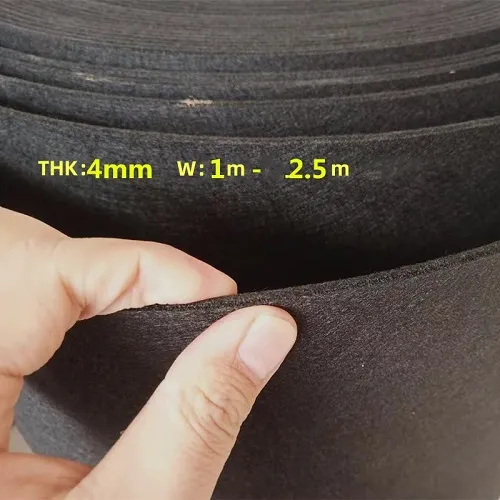Premium Wet Felting Supplies for Creative Crafts
Wet Felting Supplies Essential Tools for Your Crafting Journey
Wet felting is a fascinating fiber art technique that transforms loose wool fibers into beautiful felted fabric. Unlike dry felting, which uses barbed needles to mat the fibers together, wet felting relies on water, soap, and agitation to bind the wool. If you're looking to dive into this creative craft, having the right supplies is essential. This article explores the necessary wet felting supplies you'll need to get started.
1. Wool Roving The Foundation of Wet Felting
The most critical material for wet felting is wool roving. Wool roving is a long, continuous strand of wool that has been processed and carded, making it ideal for felting. Various types of wool can be used, but merino wool is a popular choice due to its softness and fine texture. When selecting wool roving, consider the colors and textures you'd like to incorporate into your projects. You can also experiment with other fibers, such as alpaca or silk, to add unique elements to your felted pieces.
2. Soap The Agitation Catalyst
Soap plays a crucial role in the wet felting process. It reduces the surface tension of water and helps the wool fibers bond more effectively during the felting process. Choose a mild, natural soap, such as olive oil soap or dish soap, to prevent any harsh chemicals from affecting the wool. You only need a small amount of soap mixed with water to create a solution that will aid in the felting process.
3. Water The Essential Element
Water is necessary for wet felting. Warm water works best because it helps to open up the scales on the wool fibers, allowing them to interlock more easily. It's advisable to use clean, lukewarm water for your felting projects. Be sure to have a basin or a bowl ready for soaking your wool and a spray bottle to control water application during the felting process.
wet felting supplies

4. Surface for Felting Creating the Right Environment
You’ll need a flat, non-slip surface to work on, such as a table covered with a plastic sheet or a silicone mat. Some crafters prefer using bubble wrap, which can also aid in agitation. Additionally, a bamboo mat or a piece of netting can be beneficial for rolling your project during the felting process. These surfaces help maintain the integrity of the fibers while allowing for effective agitation.
5. Protective Gear Staying Comfortable
Felting can be a hands-on and sometimes messy process, so consider wearing old clothes or an apron to protect your clothing. It’s also helpful to have rubber gloves on hand to keep your hands clean while handling soap and water.
6. Optional Tools Enhancing Your Experience
While the basic supplies are essential, there are several optional tools that can enhance your wet felting experience. A rolling pin can assist in evenly distributing pressure during the felting process, while a whisk or a wooden spoon can help agitate the fibers in a bowl. You might also consider a felting mat for additional comfort while working.
In conclusion, wet felting is a rewarding craft that allows for infinite creativity. With the right supplies, including wool roving, soap, water, and a suitable workspace, you’ll be well on your way to creating stunning felted pieces. Dive into the world of wet felting, and enjoy the tactile experience of transforming wool fibers into beautiful works of art!
-
What Makes Felt a Great Choice?NewsNov.19,2024
-
Total Mixed Ration (TMR) Feed for CattleNewsNov.19,2024
-
The Ultimate Guide for Felt Polishing WheelsNewsNov.19,2024
-
Industrial Felt for Various ApplicationsNewsNov.19,2024
-
Felt Makeup Bags and Inserts BagsNewsNov.19,2024
-
Choosing the Right Hotel TowelsNewsNov.19,2024
-
Your Go-To Guide For Affordable Wholesale Wool FeltsNewsOct.31,2024







